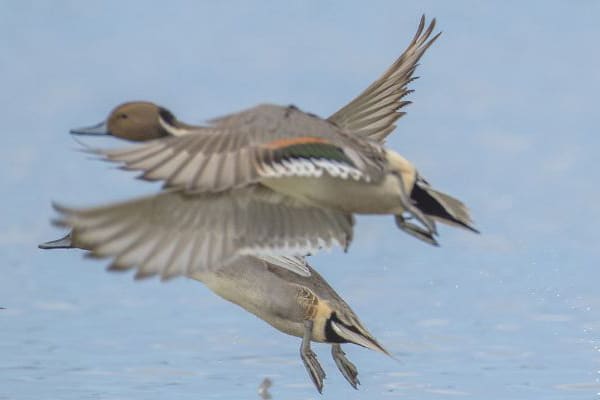
Ducks Unlimited – A conservation success story over the pond
A look at Ducks Unlimited, a US-based organisation founded by hunters and dedicated to conserving and restoring wildfowl habitat.
Get information on the legal shooting season for mammals and birds in the UK.
Apply for funding for your project or make a donation today
Comprehensive information and advice from our specialist firearms team.
Everything you need to know about shotgun, rifle and airgun ammunition.
Find our up-to-date information, advice and links to government resources.
Everything you need to know on firearms law and licensing.
All the latest news and advice on general licences and how they affect you.


BASC’s Dr Conor O’Gorman takes a look at his favourite bird species – the enigmatic grey partridge…
Plump and roughly the size of a volleyball, most male grey partridge and some females have an obvious chestnut horseshoe shape on their greyish breast, with both sexes having an orange/brown hue to their faces.
Typically found in open lowland farmland areas where there is a mix of farming types. Most easily spotted on stubble fields and grassland where you might see a pair or a group (called a covey).
Wild grey partridge like grassy areas not prone to flooding to make their nest in, especially when close to areas that offer high densities of the right types of insects for their chicks to forage in.
In January/February look out for grey partridge squabbling an hour before dusk when the coveys start to break up and pairs are being formed. Unpaired males will stand in a prominent position calling out for females and showing off their horseshoe patch while throwing caution to the wind in their frantic search for a mate.
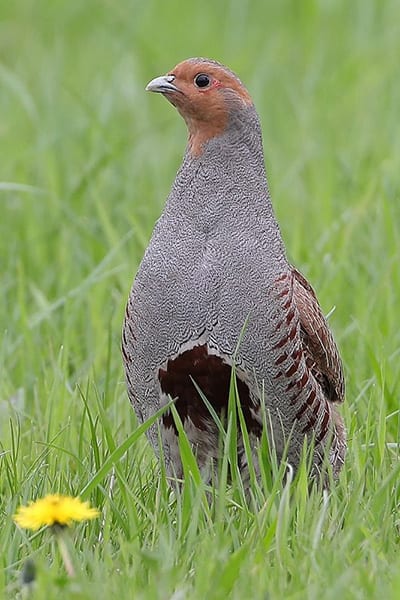
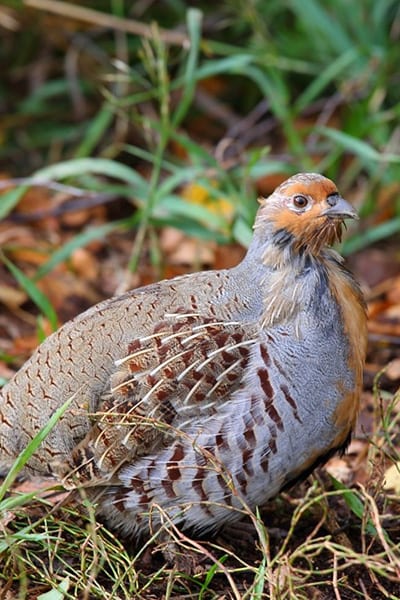
The wild population in the UK is in dire straits and has been in freefall over the last 50 years despite our best efforts to conserve them.
BASC members are helping to make a difference as part of BASC’s Green Shoots project. The Game and Wildlife Conservation Trust (GWCT) supports local partridge groups in various parts of the country, so if you want to try and re-establish a wild population, make sure you join a local group and take part in the GWCT partridge count scheme. You can also record your birds on BASC’s Green Shoots mapping programme.
Wild grey partridge pair up from January to March. The female makes a nest on the ground out of grass and it’s usually well hidden from view. The chicks are mobile immediately after they hatch, often a dozen or more of them. They’re only the size of bumble-bees and have massive appetites as they search for insects in their immediate surroundings. Both parents look after them diligently guiding their charges to the best feeding areas, protecting them from predators and brooding them to help them keep warm enough to survive.
Grey partridge are world record breakers! On average, the hen lays 15 eggs in the nest and some even lay 20+ eggs! That’s more than any other known bird species worldwide.


A look at Ducks Unlimited, a US-based organisation founded by hunters and dedicated to conserving and restoring wildfowl habitat.
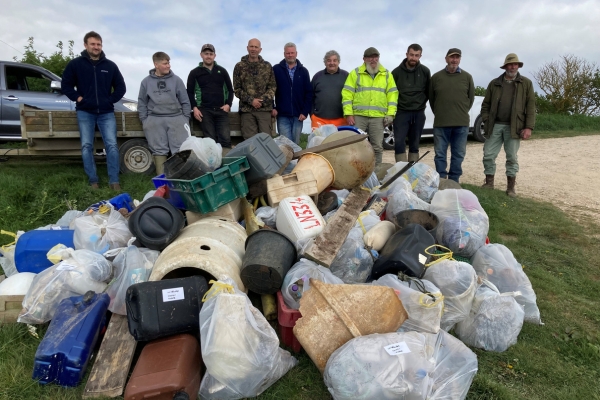
Wildfowling clubs on the Wash have been praised for their commitment to conservation and environmental stewardship.
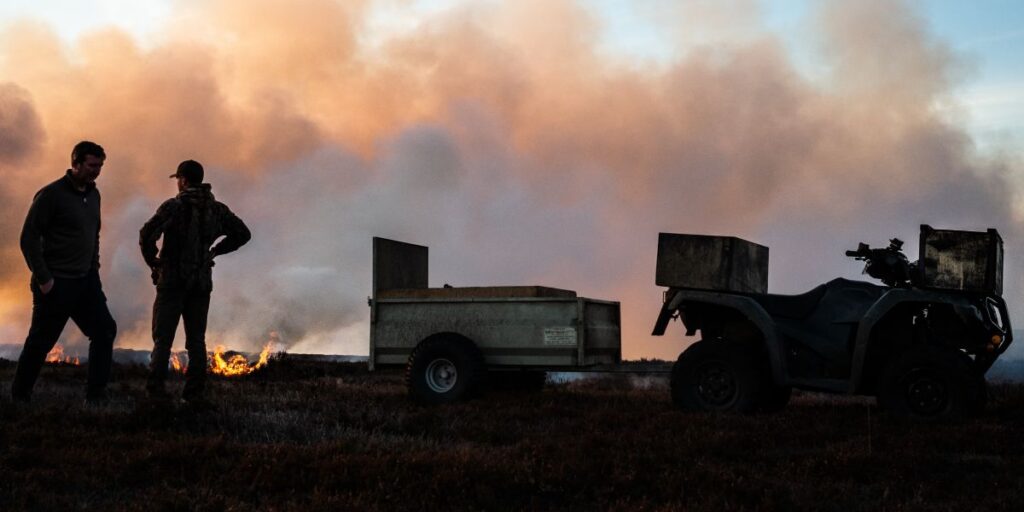
There are several clear winners as a result of controlled heather burning, a traditional land management practice used on moorland and upland areas, Alex Farrell explains.